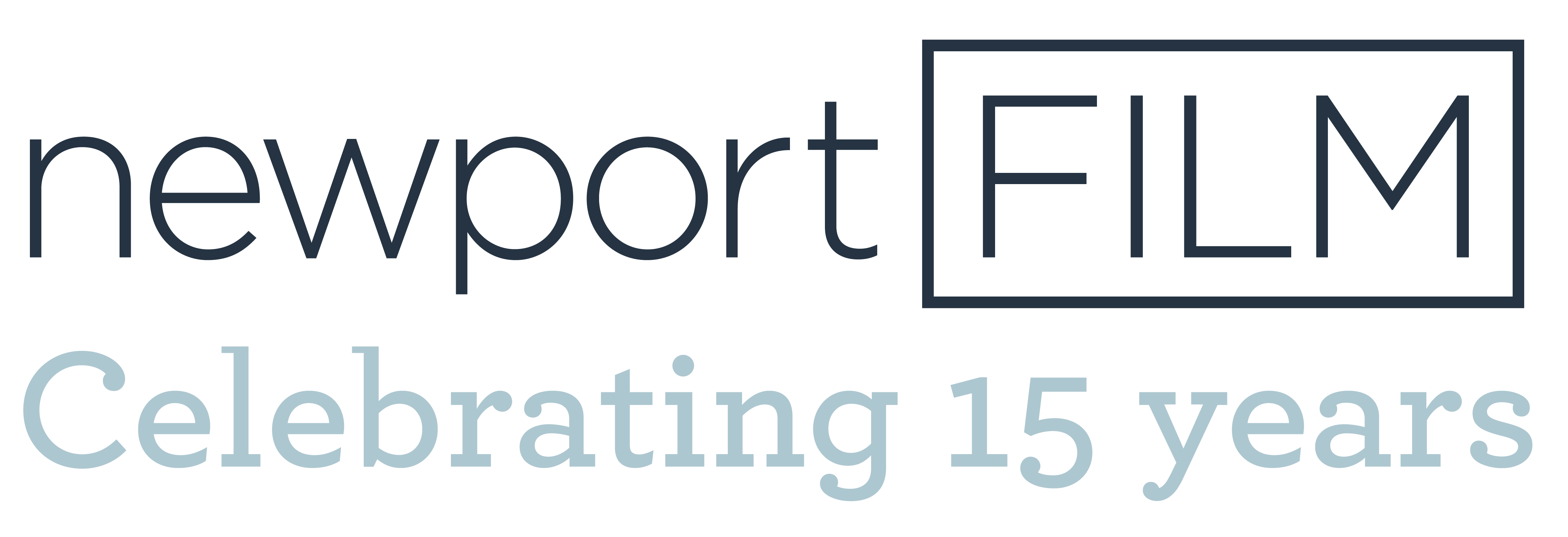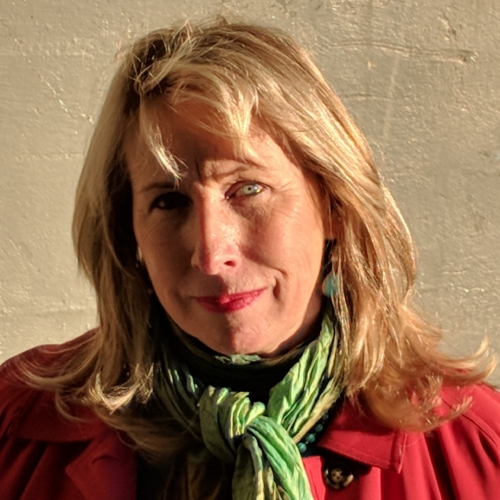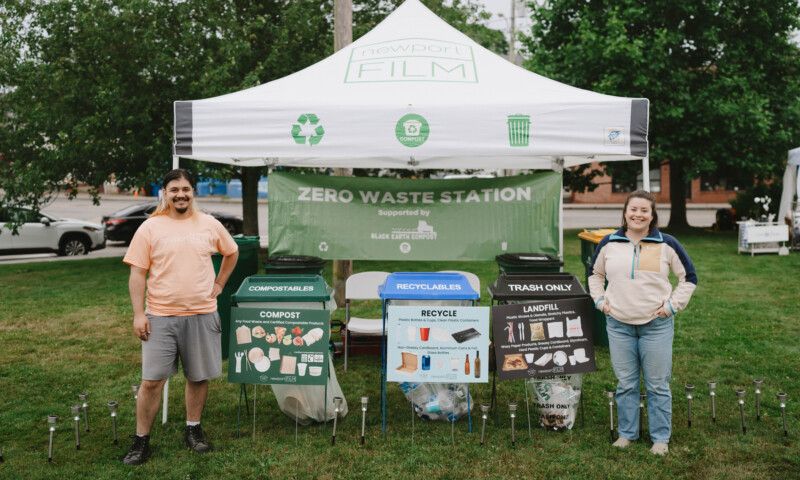Astonishingly, “1 in every 95 people on earth has fled their home as a result of conflict or persecution” and 42% of displaced persons are children under the age of 18. It is easy and perhaps even natural to shrink from facing the scale of such an almost incomprehensible man-made tsunami of sorrow that sady is only getting worse. What to do? Where to start becoming more informed? One place is The United Nations High Commission on Refugees. The UNHCR maintains a robust public information website filled with pathways on how to learn more about this global crisis and the many ways to help minimize suffering in large and small ways. UNHCR is also active on Twitter @Refugees and #IBelong.
https://www.unhcr.org/figures-at-a-glance.html
At the present time, the majority of refugees come from just 5 countries. Among these five is Afghanistan, enduring a crisis with 2.6 million refugees and over a half million people internally displaced. The UNHCR is valiantly coordinating global response to reduce Afghan refugee suffering, and this response extends to Rhode Island. Did you know our state is officially welcoming 250 Afghan refugees to resettle here beginning in October 2021? Dorcas International Institute of Rhode Island will coordinate the local resettlement effort, and they welcome the people of Rhode Island to get involved through donations or volunteering, or simply by learning more. For example, what do we need to hear as each refugee begins to rebuild a sense of safety and being at home? The stories they tell and the stories we can hear will matter.
This larger context makes it especially timely that newportFILM will be screening FLEE, a riveting new animated documentary about one Afghan refugee’s long journey to overcome the trauma of displacement. The film will be shown in Newport on December 2, 2021 at 7pm, with a post-film discussion panel.
Flee tells the intensely personal story of one now-grown gay man finally feeling safe enough to risk communicating to others – and even to himself – the traumatic experiences he lived through as a child refugee. Although the title suggests movement — to move quickly, with speed, abandoning everything familiar and safe — the film’s most powerful sequences capture the child’s repeated nightmare experiences in physically and morally compressed spaces being forced to witness or endure the unbearable in almost slow motion. The decision to tell the man’s complicated true story using animation and an avatar-like pseudonym is a protective measure on many levels, both delicate and somewhat detached.
Like the rippling of a skipping stone, fleeing home in panic rings out with consequences far into the distance. Flee breaks ground in its creative efforts to hold a safe space for traumatic memories to be faced by the director’s childhood friend he realizes now he only partly knew. The very act of making the film served as a vehicle for the adult refugee survivor to slowly face the trauma of his horrifically fractured childhood after being forced to flee. Ultimately, the film reveals a secret the child refugee had kept hidden for decades from his adopted communities, with looming consequences that aren’t fully explored.
At one of many pivotal moments in the film, we witness the overwhelmed yet courageous, unaccompanied child present himself at an international border as a refugee.
Flee is a good opportunity to learn more about the significant legal difference between the terms “refugee” and “migrant”. Indeed, the United Nations High Commission on Refugees has a long, informative discussion about the need to understand why we must be clear about the completely different legal meanings of “refugee” and “migrant” and why these two terms should not be used interchangeably.
“Although it is becoming increasingly common to see the terms ‘refugee’ and ‘migrant’ used interchangeably in media and public discussions, there is a crucial legal difference between the two. Confusing them can lead to problems for refugees and asylum-seekers, and for States seeking to respond to mixed movements, as well as to misunderstandings in discussions of asylum and migration.”
“A uniform legal definition of the term ‘migrant’ does not exist at the international level.” “The factors leading people to move can be complex. Often the causes are multi-faceted. Migrants may move across international borders to improve their lives by finding work, or in some cases for education, family reunion, or other reasons. People may also move to alleviate significant hardships that arise from natural disasters, famine, or extreme poverty. Those who leave their countries for these reasons would not usually be considered refugees under international law.”
“What is unique about refugees? Refugees are specifically defined and protected in international law. Refugees are people outside their country of origin because of feared persecution, conflict, violence, or other circumstances that have seriously disturbed public order, and who, as a result, require ‘international protection’. Their situation is often so perilous and intolerable, that they cross national borders to seek safety in nearby countries, and thus become internationally recognized as ‘refugees’ with access to assistance from states, UNHCR, and relevant organizations. They are so recognized precisely because it is too dangerous for them to return home, and they therefore need sanctuary elsewhere. These are people for whom denial of asylum has potentially deadly consequences.”
“There is nothing illegal about seeking asylum – on the contrary, it is a universal human right. Conflating ‘refugees’ and ‘migrants’ can undermine public support for refugees and the institution of asylum at a time when more refugees need such protection than ever before. We need to treat all human beings with respect and dignity. We need to ensure that the human rights of migrants are respected. At the same time, we also need to provide an appropriate legal and operational response for refugees, because of their particular predicament, and to avoid diluting state responsibilities towards them. For this reason, UNHCR always refers to ‘refugees’ and ‘migrants’ separately, to maintain clarity about the causes and character of refugee movements and not to lose sight of the specific obligations owed to refugees under international law.”
Among the tragedies that Flee’s hero recounts, perhaps none is more painful than his own doubt at being able to honestly tell his personal story to his host community. The orphaned child outwardly achieved success in his host homeland and yet remained internally displaced.
The stories we tell matter.
By Nancy Austin, PhD – newportFILM 2021 Humanities Blogger.
Nancy Austin is an educator, coach, and strategic research consultant helping shape stakeholder stories. Her Brown University PhD was on the entrepreneurial women who founded the Rhode Island School of Design. For decades Nancy Austin taught interdisciplinary courses at RISD, Yale, and WPI leveraging her broad background in science, math, art, architecture, and design. Her native STEAM orientation now includes advocacy around digital literacy and cybersecurity.With support from the Rhode Island Council for the Humanities.




